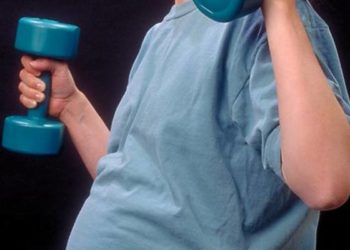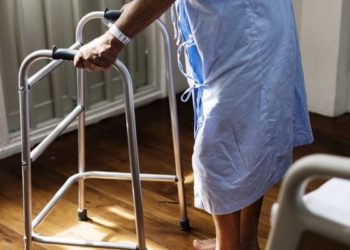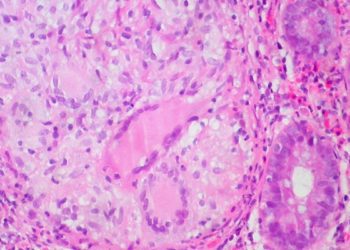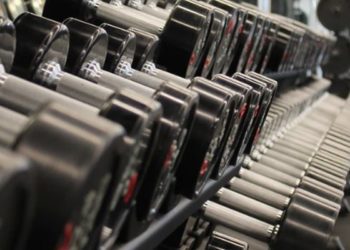Effects of air pollution and habitual exercise on the risk of death
1. Higher levels of exercise were associated with lower risk of death regardless of the level of exposure to fine particulate matter (PM2.5).
Evidence Rating Level: 2 (Good)
Air pollution and physical inactivity are considered leading causes of death and disability worldwide. However, greater than 91% of the world’s population lives in areas that do not need the World Health Organization (WHO) air quality guidelines. Therefore, exercising in these areas may actually increase pollutant inhalation. Some research has shown that acute exposure to pollutants outweighs the health benefits of exercise, but there is little research on the long-term effects of exercise in heavily polluted areas. The current longitudinal cohort study examined the influence of physical exercise and long-term air pollutant exposure on the risk of dying from natural causes. This study was based in Taiwan, where fine particle matter (PM2.5) concentrations are 1.6 times greater than the WHO guidelines. The study population consisted of 384,130 adults with 842,394 medical records from between 2001 and 2016. Imaging from satellites was used to estimate PM2.5 exposure based on home addresses of the participants, grouping them into low, moderate, and high exposure categories (<22.4, 22.4-26.0, and >26.0 ug/m3 respectively). Surveys were used to measure level of physical exercise, and participants were grouped into inactive, moderate, and high exercise categories. As a result, every participant was sorted into 1 of 9 groups based on these two variables, with the high exposure and inactive participants used as the reference group. The results found that in each category of PM2.5 exposure, more exercise was associated with a lower risk of death, whereas in each category of exercise level, more PM2.5 exposure was associated with a higher risk of death. The moderate and high exercise groups had lower risk compared to the inactive group (HR 0.84, 95% CI 0.80-0.88 & HR 0.65, 95% CI 0.62-0.68 respectively), whereas the moderate and high PM2.5 exposure groups had higher risk compared to the low exposure group (HR 1.02, 95% CI 0.98-1.07 & HR 1.15, 95% CI 1.10-1.20 respectively). The interaction effect of exercise and PM2.5 on risk of death was significant (hazard ratio 1.03, 95% CI 1.01-1.06). Overall, this showed that physical exercise is associated with a lower risk of death from natural causes, even in areas that have poorer air quality.
Click to read the study in CMAJ
Image: PD
@2021 2 Minute Medicine, Inc. All rights reserved. No works may be reproduced without expressed written consent from 2 Minute Medicine, Inc. Inquire about licensing here. No article should be construed as medical advice and is not intended as such by the authors or by 2 Minute Medicine, Inc.






![Small-molecule inhibitor may enhance recovery after brain hemorrhage [PreClinical]](https://www.2minutemedicine.com/wp-content/uploads/2016/03/800px-Intracerebral_heamorrage-75x75.jpg)
